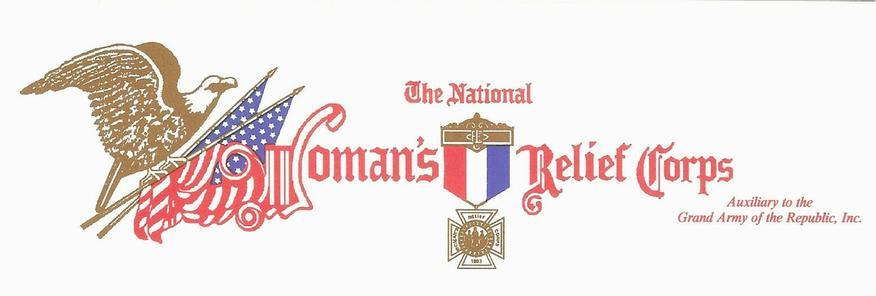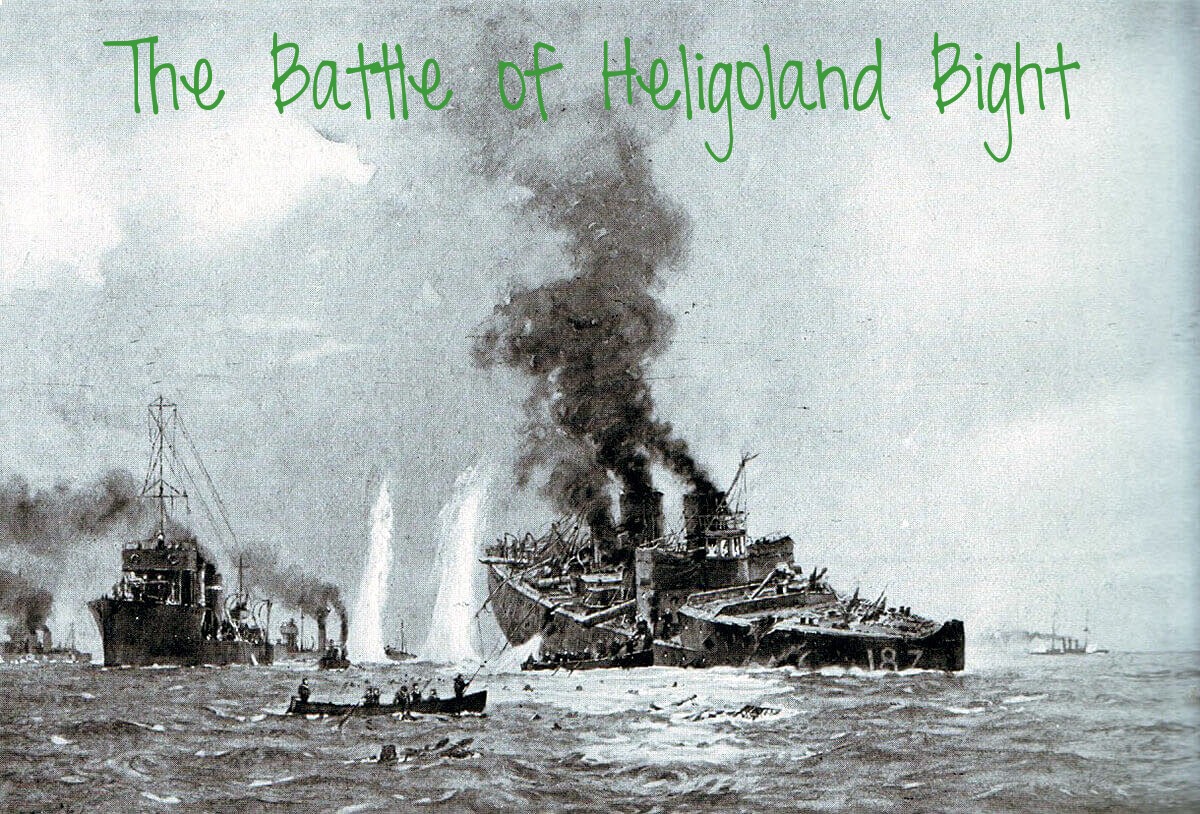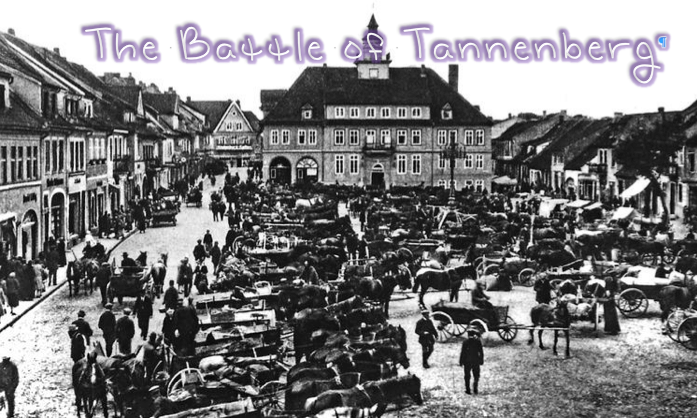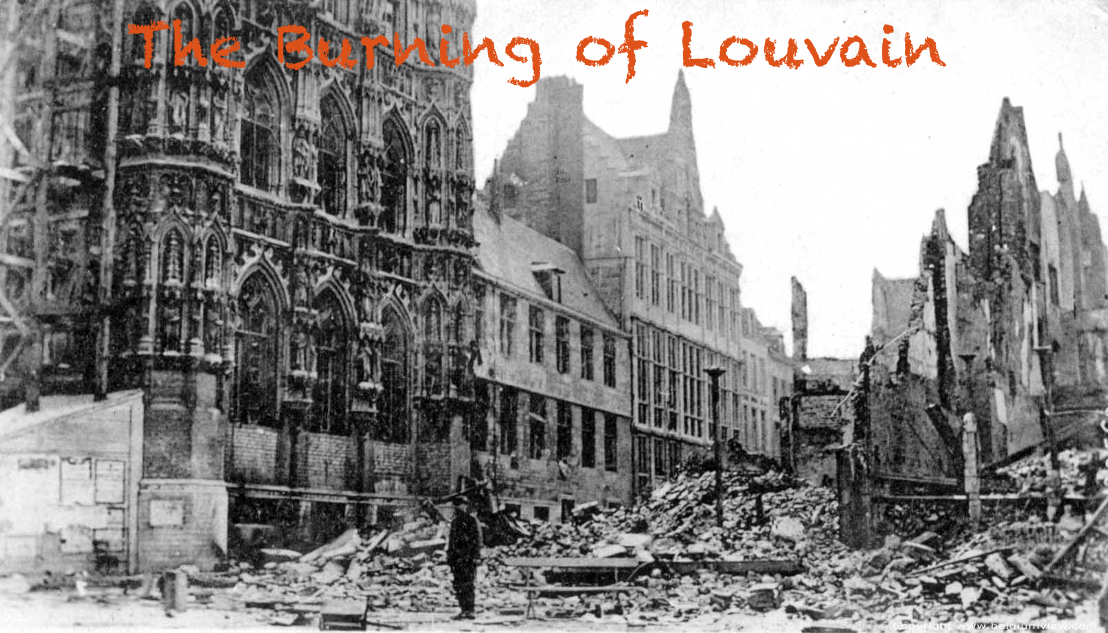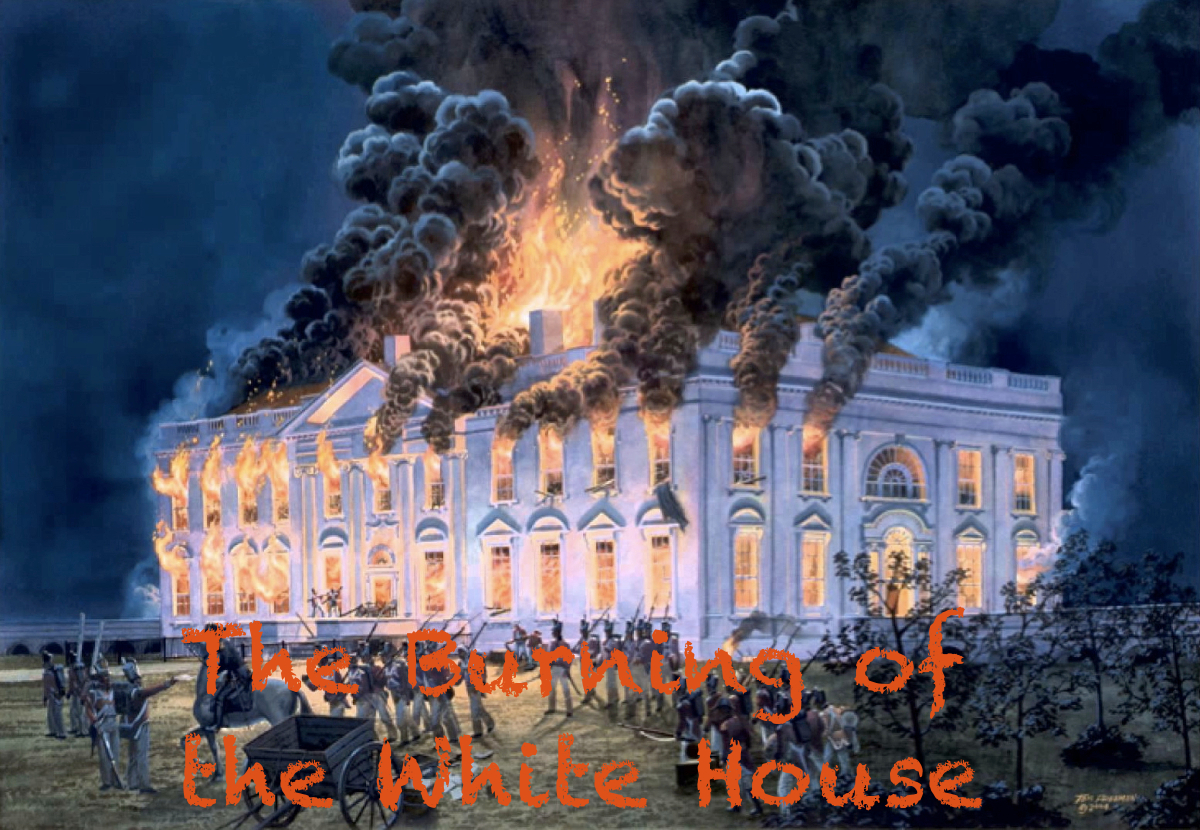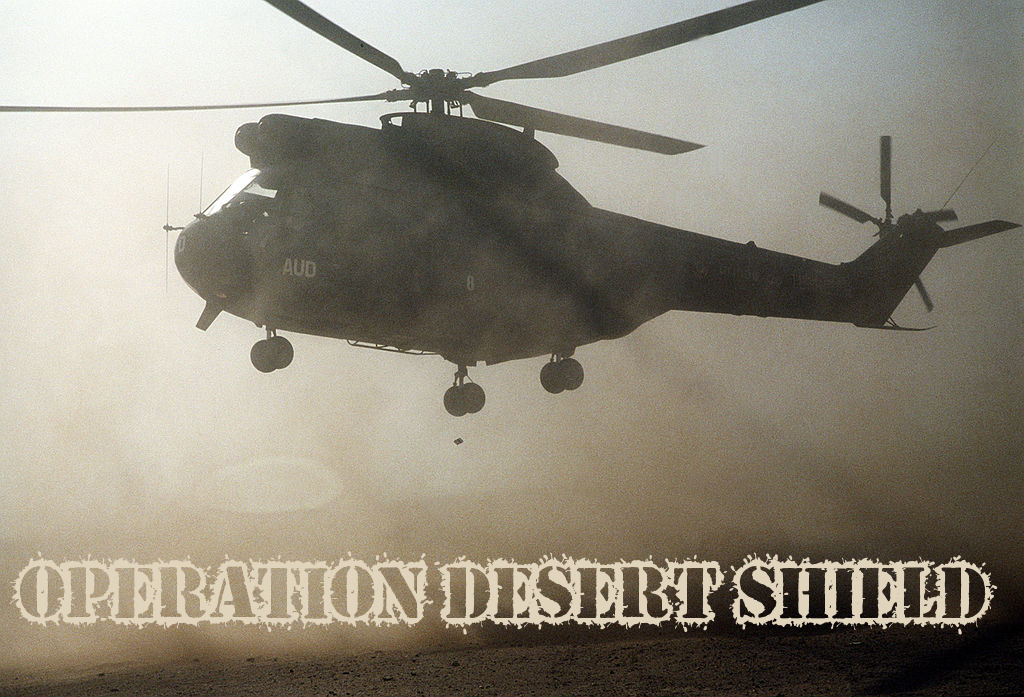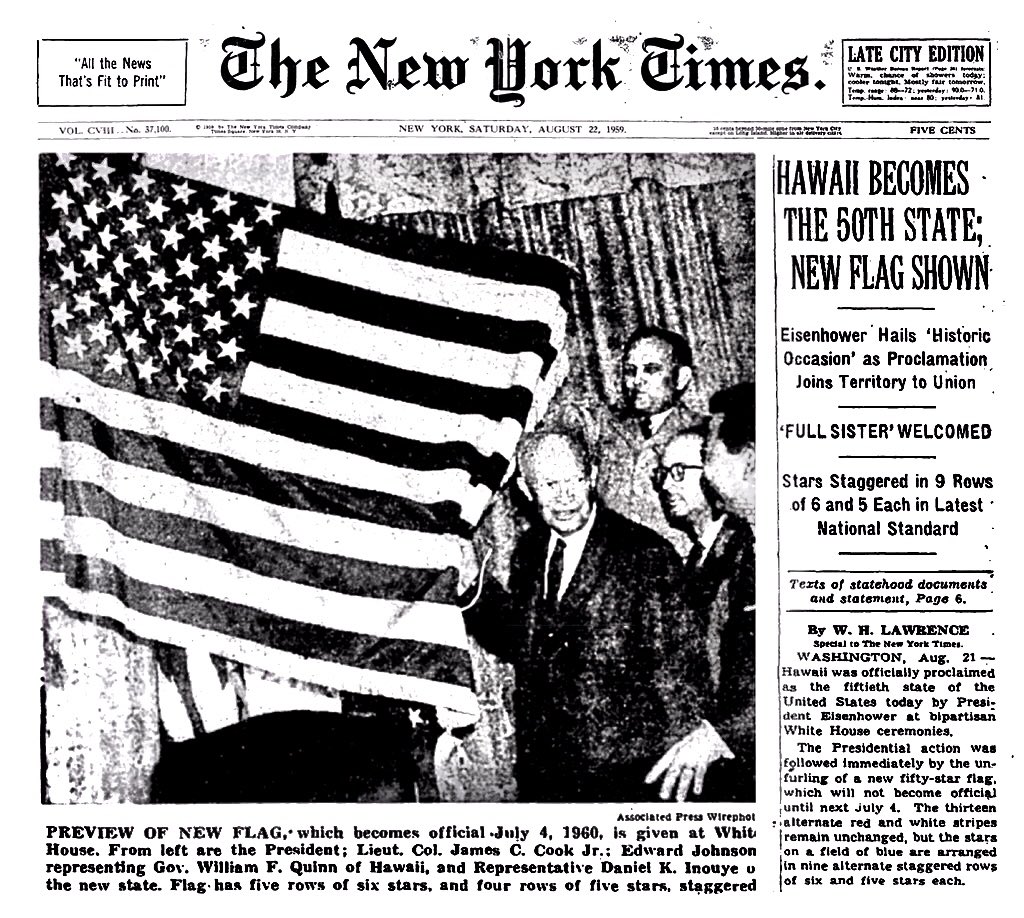Today in History: August 29, 1914 – British Women Join the War Effort
Today in History: August 29, 1914 – British Women Join the War Effort On August 29, 1914, the Women’s Defense Relief Corps was formed. Initially,… Read More »Today in History: August 29, 1914 – British Women Join the War Effort
